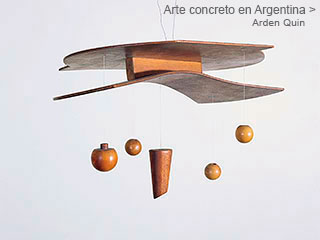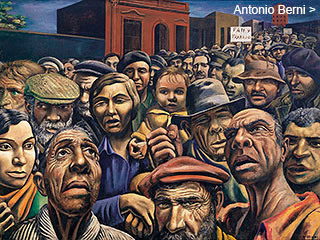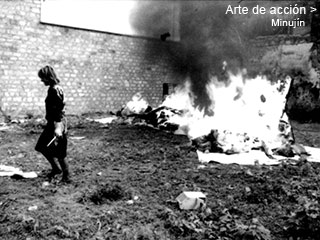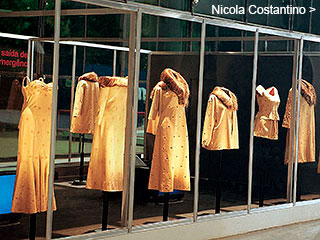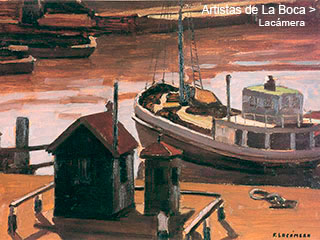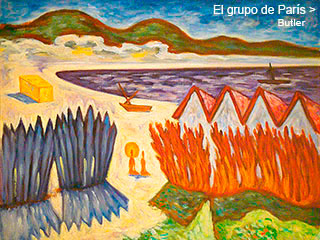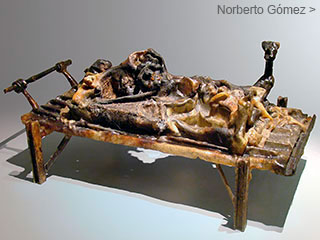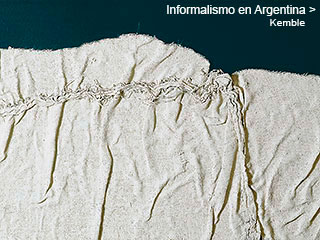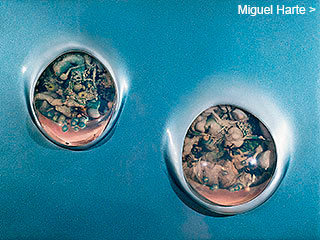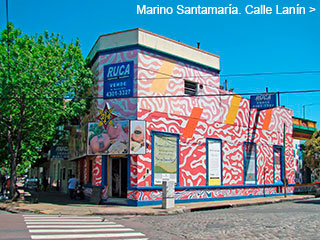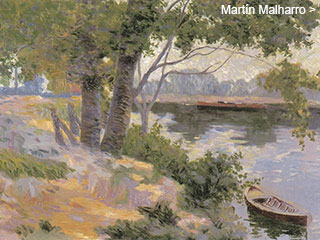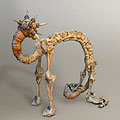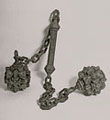Menú
Algunos dossiers
Norberto
Gómez
Gómez
by
Adriana Lauria and Enrique Llambías
March 2006
March 2006
This dossier covers forty years of Norberto Gómez’s work, from his minimalist constructions of 1966 and 1967 to the anti-monuments he produced in polyester and bronze in the nineties. In between, his series of “guts”, organic remains, weapons and “plasters” punctuate a long career that has enriched the Argentine art scene.
About Norberto Gómez
The commemoration of violence –another way of experiencing it– is the unifying theme of the group of works known as “weapons”. The outsize scale of the polyester pieces and their metallic look –achieved, paradoxically, with polychrome cardboard– throw into relief the latent aggressiveness of flails, barbed wire, monstrances, swords, stilettos, nails, maces and stocks. In these objects, the artist –making, as always, no concessions– weighs up a recurring precariousness: he engraves on them captions that allude to the national industry.
When he goes back to the human form, in the second half of the ’80s, the symbols become gestures. Hosts of ridiculous, chimerical, stupidly naive and evil little men populate his sculptures. Gómez erects to them, first in plaster and later in bronze, small monuments destined to creatures as small in stature and moral judgement as the former. Thus he upsets the conventions of traditional statuary, even if he resorts to the techniques of classical modes of representation.
He employs in these works a fragmenting, decomposing and reassembling syntax, which parodies the original models and treats those grotesque creatures with a caustic and unforgiving humour.
Architecture, always present in Gómez’s work in one way or another, is the protagonist of a group of pieces produced between 1983 and 1995. The classical ornaments which are the context for the characters of his recent
more


